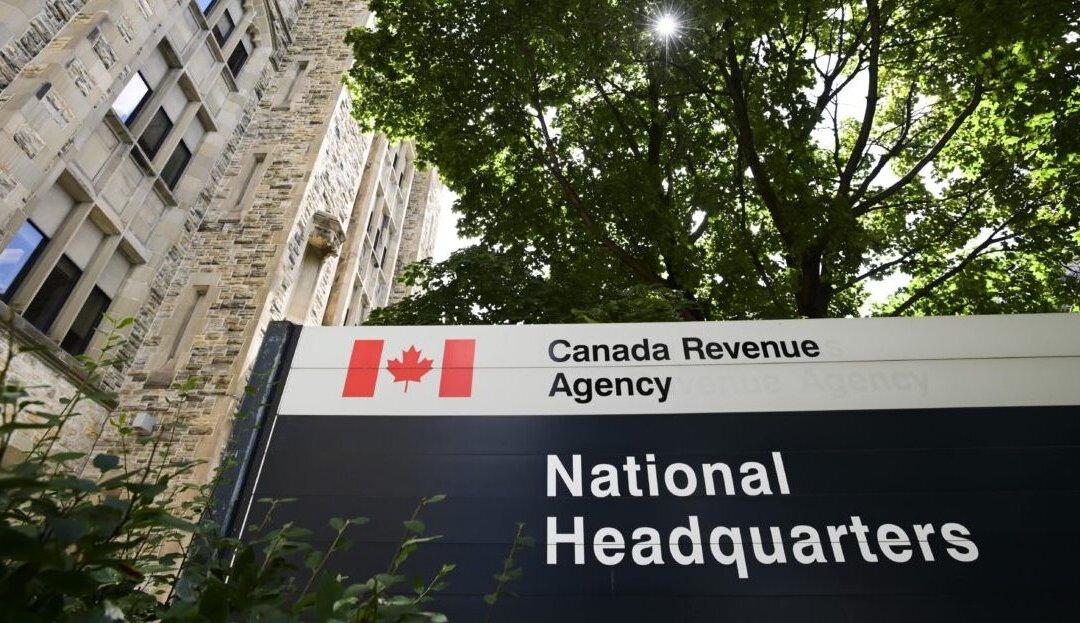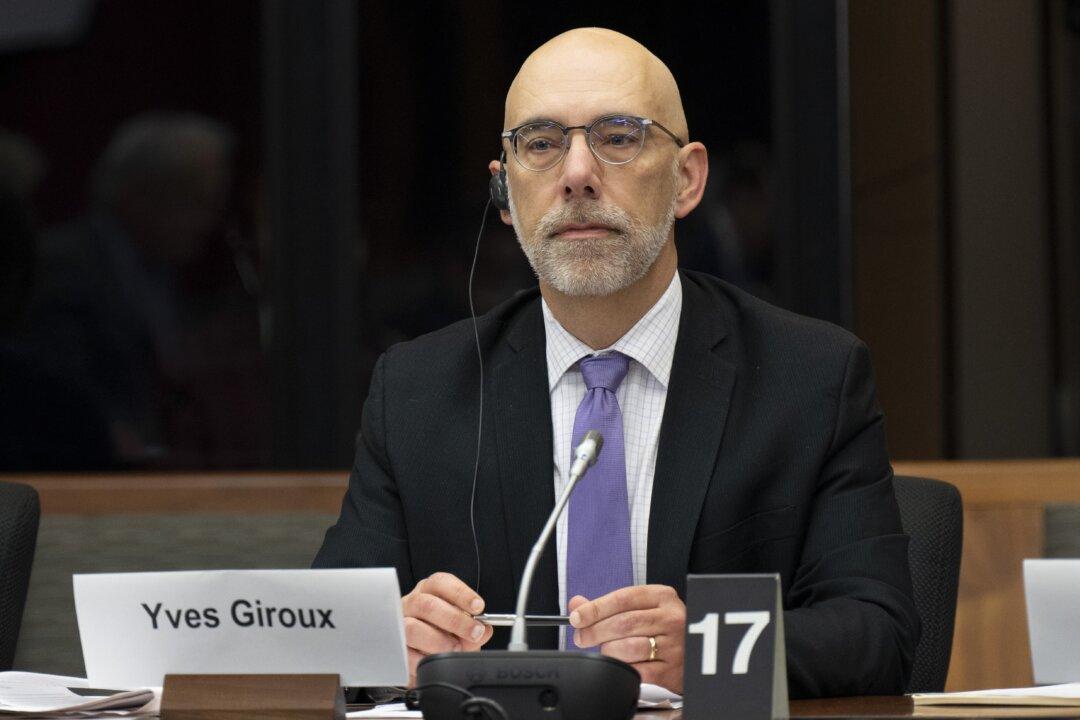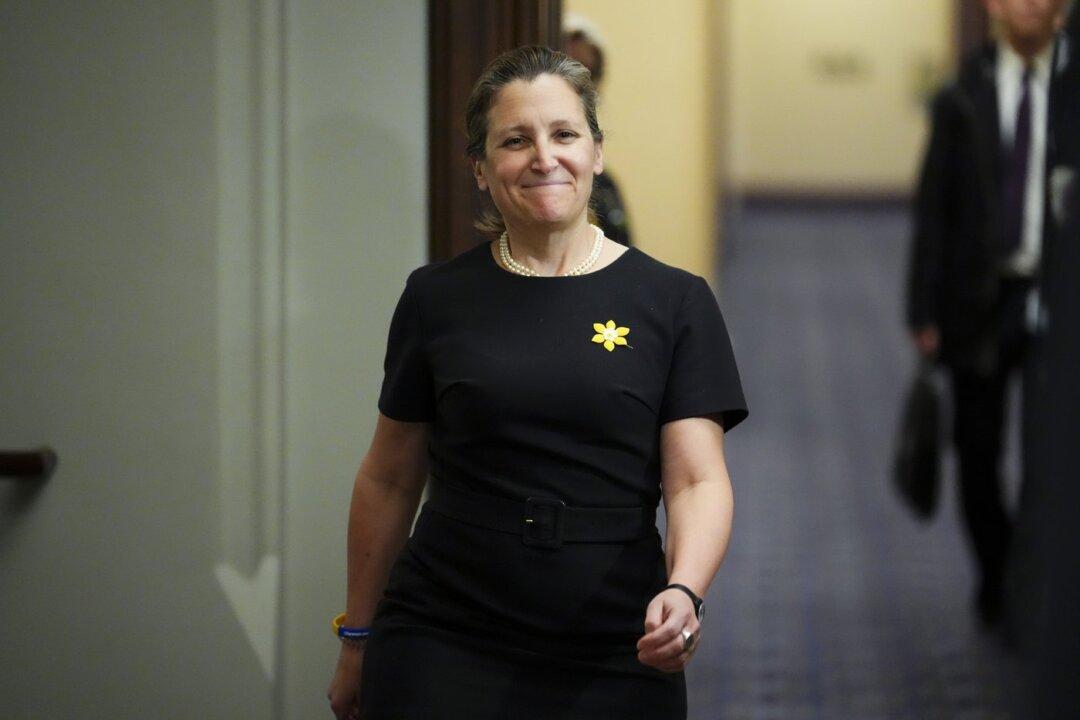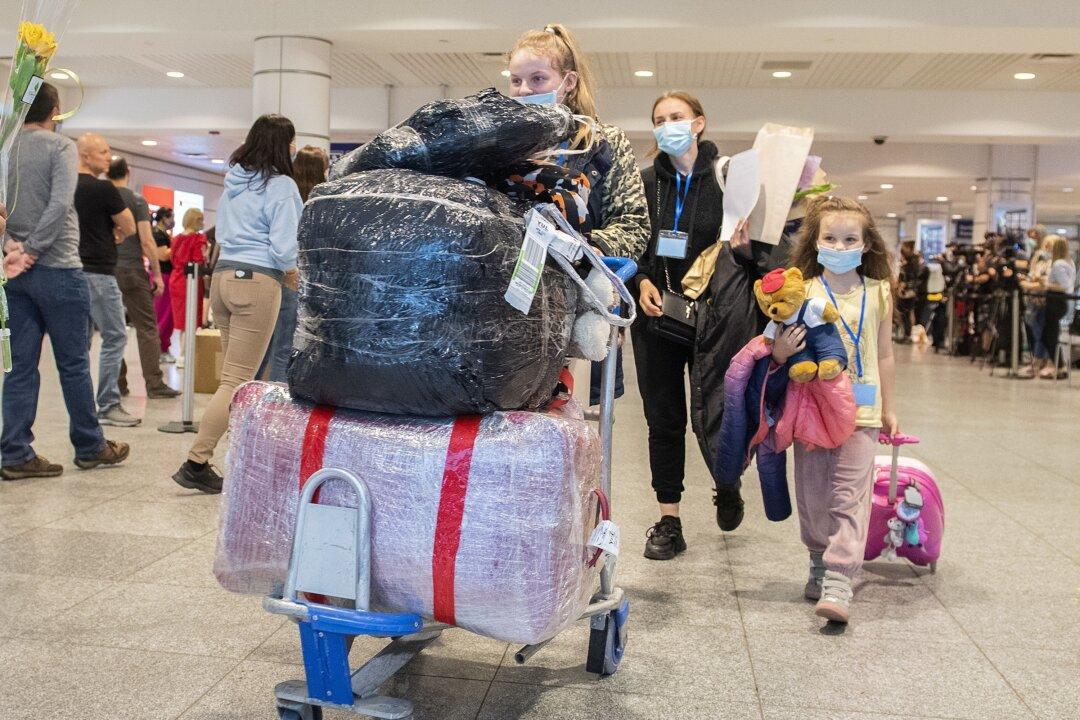Canada’s top 20 percent of income-earning families pay over half of the country’s total taxes, and over 60 percent of all federal and provincial personal income taxes, according to a Fraser Institute study.
Study authors Jake Fuss and Nathaniel Li also found that Canada’s bottom 20 percent of income-earning families pay less than 1 percent of all federal and provincial personal income taxes and just 2.1 percent of the country’s total taxes.





